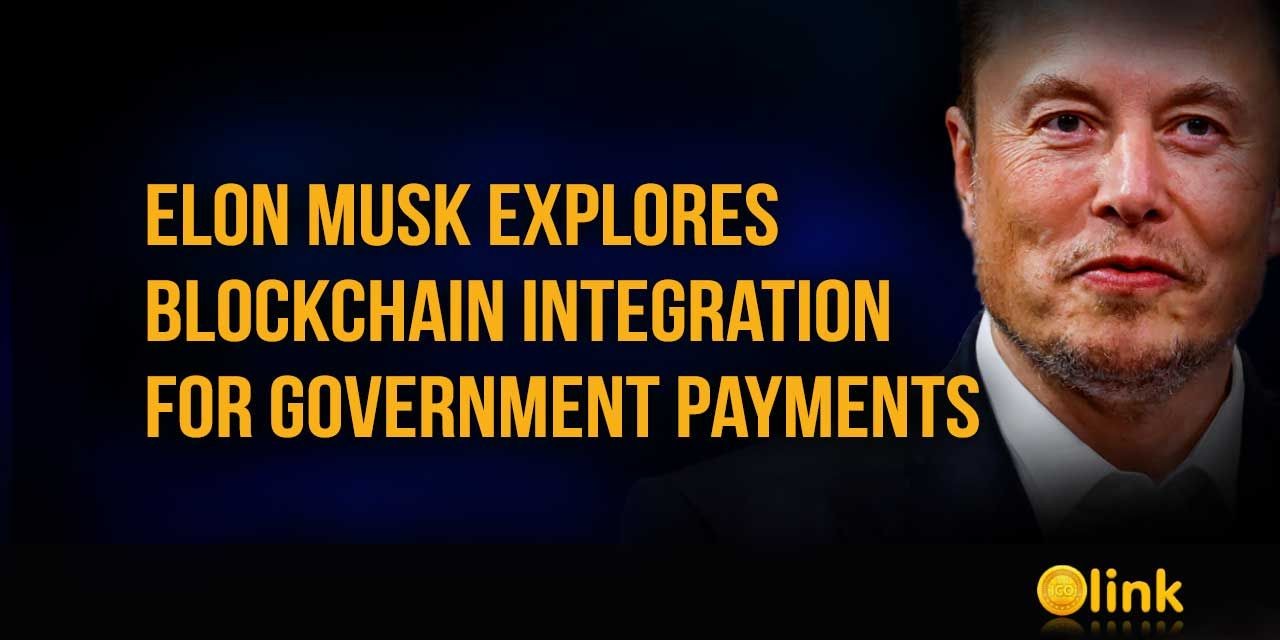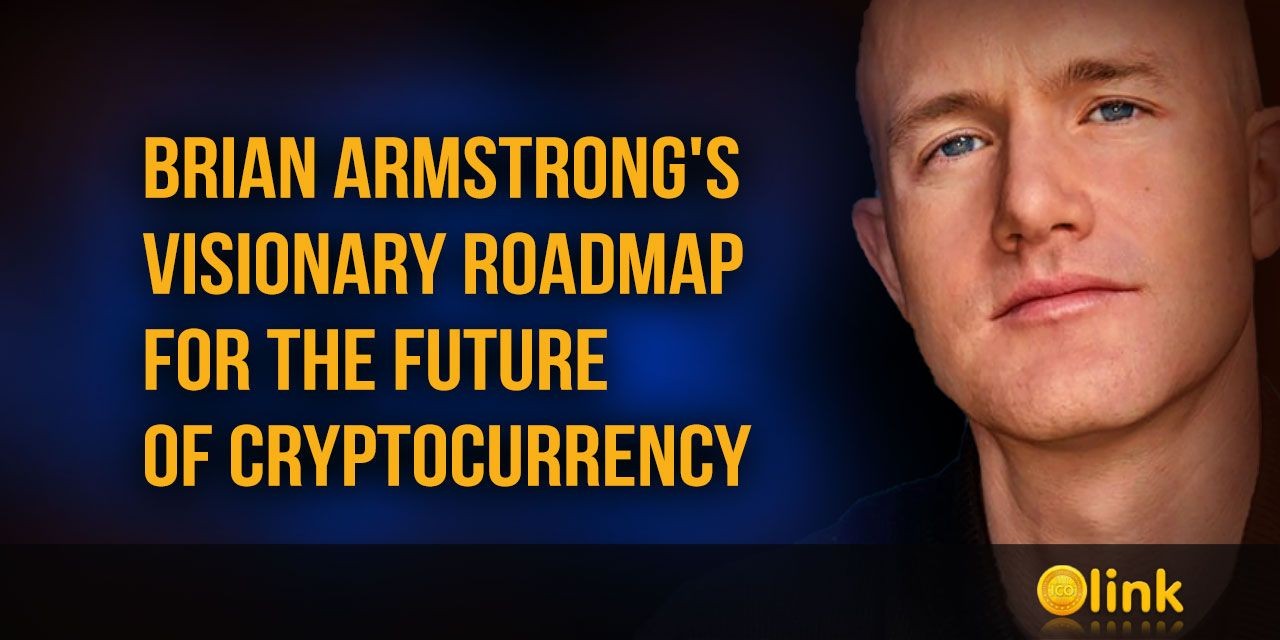web3
Here you will find all posts tagged web3
About web3 ℹ️
Web3 refers to the next generation of the internet, characterized by decentralized protocols, blockchain technology, and peer-to-peer networks. While Web1 represented the early days of the internet, focused mainly on static websites and basic online interactions, and Web2 introduced dynamic content, social media, and user-generated content, Web3 represents a shift towards decentralization, privacy, and user ownership of data and digital assets. At the heart of Web3 is blockchain technology, which enables decentralized consensus, immutability, and trustless transactions. By leveraging blockchain networks, Web3 applications can operate without the need for central intermediaries, allowing for greater transparency, security, and censorship resistance. One of the key concepts of Web3 is the idea of digital sovereignty, which empowers individuals to have full control over their digital identities, assets, and interactions online. In a Web3 world, users own their data and have the ability to monetize it, choose how it is shared, and control who has access to it. Web3 encompasses a wide range of technologies and protocols, including cryptocurrencies, decentralized finance (DeFi) platforms, non-fungible tokens (NFTs), decentralized applications (dApps), and decentralized autonomous organizations (DAOs). These technologies enable new forms of economic activity, governance, and social interaction that are more open, inclusive, and resilient than traditional centralized systems. While Web3 is still in its early stages of development, it has the potential to revolutionize the way we use the internet and interact with digital services. By shifting power away from centralized entities and towards decentralized networks, Web3 promises to create a more equitable and democratic internet that empowers individuals and promotes innovation and creativity.
Unlocking the Potential of Smart Contracts: A Vision for the Future of Blockchain
Brian Armstrong's Crypto Vision 2023: The Future Blueprint for Decentralized Finance
Chimpzee is a revolutionary new way for people to earn income while saving the environment and animals at the same time.
Cryptocurrency blogger, trader, and analyst Lark Davis has suggested that now is a good time to hold cryptocurrencies for the long term as more companies are entering the market.





